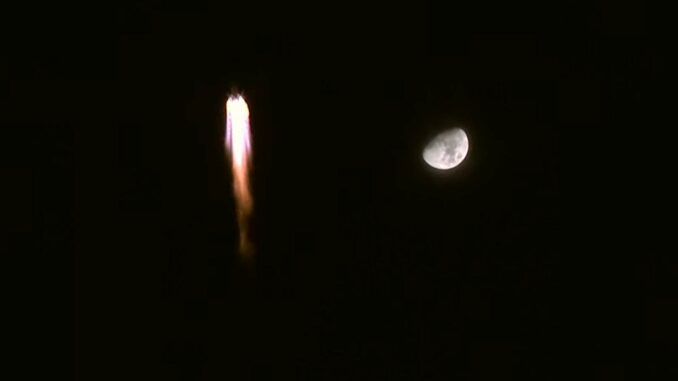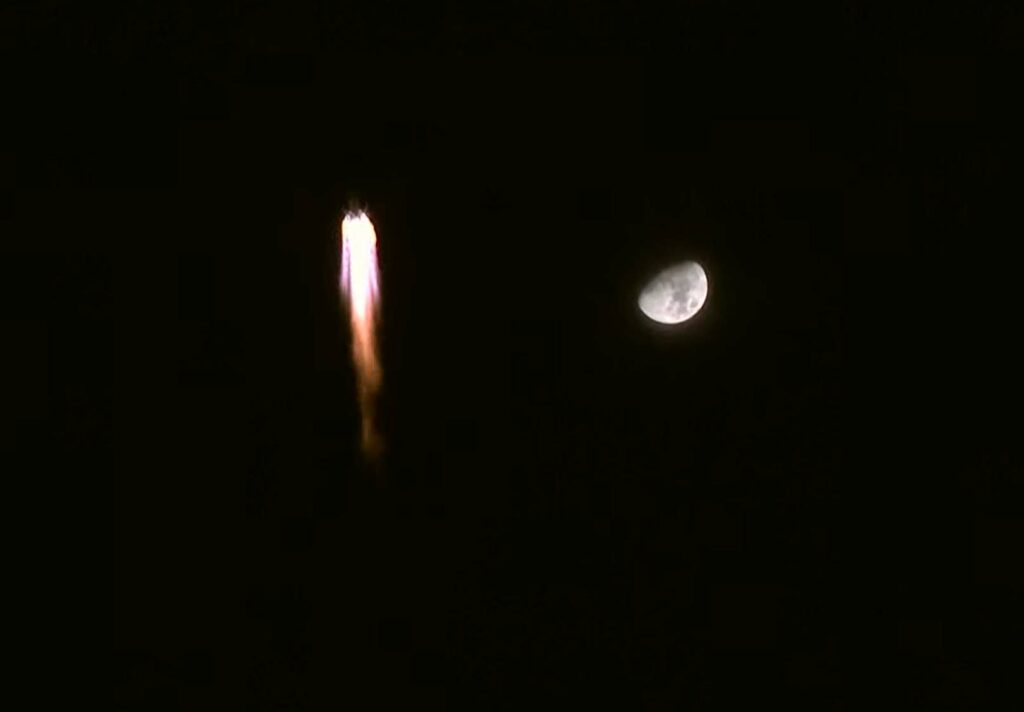
Analysis of China’s reusable spaceplane and its implications for space technology and geopolitics, with a comparison to the capabilities of the American X-37B.
In brief
China recently completed a third mission with its reusable spaceplane, launching an unknown object into orbit. This experimental spacecraft, similar to the US Air Force’s X-37B, represents a major advance in space technology. With missions in 2020, 2022 and 2023, the spaceplane has demonstrated advanced maneuvering and recovery capabilities in orbit. This initiative reflects China’s ambition to reduce costs and increase the frequency of space missions.
On December 14, 2023, China launched its reusable spaceplane for its third mission. This spacecraft, designed for extended operations in orbit, recently released an unidentified object, sparking speculation about its mission and capabilities. This article explores the technical details of this mission, its strategic implications and comparisons with similar technologies such as the American X-37B.
The Chinese Spaceplane: Background and Development
The Chinese Spaceplane is a reusable space vehicle developed by the China Aerospace Science and Technology Corporation (CASC). Its first mission in 2020 lasted two days, followed by a second mission in 2022 lasting 276 days. The third mission, launched in December 2023, is currently underway and has already lasted 164 days. The vehicle’s ability to carry out extended missions in orbit indicates a significant technological development.
The spaceplane was launched aboard a Long March 2F rocket, capable of carrying over 8 tonnes into low-Earth orbit. This suggests a similar size and function to the US Air Force’s X-37B spaceplane. Images of the second mission’s payload fairing, published on Sina Weibo, give clues to the vehicle’s dimensions and shape.
Technical details and capabilities
The spaceplane initially reached an orbit of 333 by 348 kilometers with an inclination of 50 degrees. Subsequent maneuvers increased this orbit to 602 by 609 kilometers. These orbital adjustments demonstrate the vehicle’s ability to perform precise maneuvers and test navigation and recovery technologies.
The recent launch also included the release of an orbiting object, catalogued by the US Space Force as number 59884 (international designation 2023-195G). This object could be a sub-satellite or hardware ejected before the end of the mission. During the second mission, the spaceplane had already used a released object to perform recovery maneuvers, suggesting ongoing testing of these capabilities.

Strategic objectives and comparison with the X-37B
The development of the Chinese spaceplane aims to rival the American X-37B, which completed its seventh mission in December 2023. The X-37B is an autonomous, reusable spacecraft capable of extended orbital missions. Its first mission in 2010 marked the beginning of this new era in space technology.
China’s ambition to develop similar capabilities is obvious. The Chinese spaceplane, with its extended missions and recovery capabilities, demonstrates a step towards reducing costs and increasing the frequency of space missions. CASC plans to develop a fully reusable two-stage space transportation system (TSTO), with national funding from the National Natural Science Foundation of China in 2022.
Geopolitical and technological implications
The success of the Chinese spaceplane has major geopolitical implications. The ability to launch and recover reusable space vehicles places China among the world leaders in space technology. This strengthens its position in the space race, and could encourage other nations to step up their own space programs.
The development of reusable technologies offers significant economic advantages. By reducing launch and operating costs, these technologies enable more frequent and longer missions. This could revolutionize space exploration and commercial applications.
However, this technological advance also raises safety concerns. The ability to maneuver in orbit and release objects could be perceived as a potential threat by other nations, increasing geopolitical tensions. Transparency and international communication will be crucial to avoid misunderstandings and unnecessary escalations.
Future prospects
The future of the Chinese spaceplane looks bright. With increasingly complex missions and advanced recovery capabilities, this space vehicle could play a key role in future space exploration and exploitation. The CASC plans to continue developing this technology, with ambitious goals for the coming decades.
At the same time, other nations will continue to develop their own reusable space vehicle programs. International collaboration and healthy competition will be essential to maximize the benefits of these technologies for all mankind.
China’s reusable spaceplane, currently on its third mission, has demonstrated advanced capabilities in orbit, including object release. Similar to the American X-37B, this vehicle represents a major technological advance for China, with significant economic and geopolitical implications. Future missions and developments will continue to strengthen China’s position in space exploration.
War Wings Daily is an independant magazine.